Welcome to the exciting world of the Pokémon Trading Card Game (TCG), where you can battle with iconic Pokémon like Gyradose, Charizard, and Gengar! Since its debut in 1996, the Pokémon TCG has become a global phenomenon, loved by kids and adults for its blend of strategy, luck, and collectible fun. Whether you’re a young trainer taking your first steps or an experienced player aiming to dominate, this beginner-friendly guide will teach you how to play pokemon tcg, build your deck, and become a Pokémon Master. This guide includes the latest Scarlet & Violet mechanics and tips to keep your cards safe with TCG Protectors’ premium accessories.
Why Play the Pokémon TCG?

The Pokémon TCG is more than just a card game—it’s a way to connect with friends, unleash your creativity, and dive into the Pokémon universe. Here’s why it’s so popular:
- For Kids: It’s easy to learn, features favorite Pokémon, and makes every battle a fun adventure.
- For Adults: Offers deep strategy, competitive tournaments, and a vibrant community.
- For Everyone: Collecting and trading cards adds excitement, while new sets keep the game fresh.
With millions of players worldwide and regular releases like the 2025 Scarlet & Violet sets (e.g., Black Bolt and White Flare), there’s never been a better time to start. Let’s explore how to play the Pokémon TCG and master the game!
Getting Started with Pokémon TCG

Before diving into the rules, let’s cover how to begin your Pokémon TCG journey. Whether you’re a kid or an adult, these steps will get you ready to battle.
1. Buy Your First Pokémon TCG Product
To start playing, you need a deck of cards. Here are the best options for beginners:
- Starter Decks: These pre-built decks include 60 cards, a rulebook, damage counters, and a deck box. They’re perfect for learning the basics and are ideal for kids due to their simplicity.
- Theme Decks: Slightly more advanced, these decks are designed for casual play or entry-level tournaments. They feature stronger Pokémon and strategies, appealing to both kids and adults.
- Elite Trainer Boxes (ETBs): These include booster packs, sleeves, and accessories, great for collectors and players who want to expand their collection. The 2025 Prismatic Evolution ETBs are excellent choices.
Where to Buy: Find these products at local game stores, major retailers like Walmart, or online at PokemonCenter.com. Protect your cards from wear with TCG Protectors’ acid-free sleeves and deck sleeves.
2. Building a Pokemon Deck
Once you’re comfortable with a starter deck, try building your own. A Pokémon TCG deck must follow these rules:
- Exactly 60 Cards: No more, no less.
- Up to 4 Copies: You can include up to 4 copies of any card (except basic Energy cards).
- Mix and Match: Combine cards from different sets, but check if they’re legal for your format (see “Formats” below).
Beginner Tip: Start with a balanced deck—about 20 Pokémon, 20 Trainer cards, and 20 Energy cards. For example, include Pikachu as a Basic Pokémon, its evolution Raichu, and Trainer cards like Poké Ball to search for Pokémon.
3. Find Opponents
Playing with others is the best way to learn and have fun. Here’s where to find battles:
- Local Pokémon Leagues: Many game stores host weekly events for players of all ages. Check Pokemon.com/events for locations near you.
- Online with Pokémon TCG Live: This free app lets you play against players worldwide, practice with tutorials, and test new decks. Download it on PC, mobile, or tablet at Pokemon.com/tcglive.
- Friends and Family: Grab a starter deck for a friend and play at home. Kids can battle parents or siblings for a fun family activity.
Pro Tip: Store your decks in TCG Protectors’ deck box s to keep them organized and protected during travel.
4. Understand Game Formats
The Pokémon TCG has different formats that determine which cards are legal:
- Standard Format: Uses recent sets (e.g., Scarlet & Violet cards with “G” or “H” regulation marks in 2025). Ideal for tournaments.
- Expanded Format: Allows older cards, popular in casual play.
- Unlimited Format: All cards are legal, but rare in organized events.
Beginners should start with Standard format, as starter decks are designed for it. Check Pokemon.com for the latest format details.
Basic Rules of Pokémon TCG

Now that you’re ready to play, let’s learn the basic rules of the Pokémon TCG. The game is easy to pick up, especially for kids, but offers enough depth to keep adults engaged.
Objective
The goal is to take all your opponent’s Prize cards (usually 6) by knocking out their Pokémon. You win when your opponent has no Prize cards left after you knock out one of their Pokémon.
Setting Up the Game
Follow these steps to start a game:
- Shuffle Your Deck: Each player shuffles their 60-card deck thoroughly.
- Draw 7 Cards: Form your starting hand.
- Set Prize Cards: Place the top 6 cards of your deck face down as Prize cards.
- Choose Active Pokémon: Place one Basic Pokémon from your hand in the Active Spot (where it will battle). If you don’t have a Basic Pokémon, reshuffle your hand into your deck and draw 7 new cards (your opponent draws an extra card).
- Set Up Bench: Place up to 5 Basic Pokémon from your hand on your Bench (support Pokémon).
- Flip a Coin: Decide who goes first. The winner can choose to go first or second.
- Draw Starting Cards: The first player draws 5 cards, the second draws 7. Both then draw one more card to have 7 cards in hand.
Visual Idea: Imagine your play area like a battlefield, with your Active Pokémon in the center and your Bench behind it, ready to jump in. Your Prize cards are off to the side, waiting to be claimed.
Key Components
- Deck: Your 60-card collection, shuffled and ready.
- Hand: Cards you hold and can play.
- Prize Cards: 6 cards you win by knocking out opponent’s Pokémon.
- Active Pokémon: The Pokémon in the front, ready to attack or be attacked.
- Bench: Up to 5 Pokémon that support or wait to become Active.
- Discard Pile: Where used or knocked-out cards go.
Kid-Friendly Example: Think of your Active Pokémon as your team leader, like Pikachu leading the charge, while your Bench is like your backup squad, ready to help!
How to Play Pokémon TCG

A Pokémon TCG turn has four main phases. Here’s how each works, with examples to make it clear for kids and adults.
1. Draw Phase
- Draw one card from your deck to start your turn.
- If your deck is empty, you lose, so manage your cards wisely.
Example: You draw a Poké Ball card, which you can use later to search for a Pokémon.
2. Play Phase
You can perform these actions in any order, as many times as allowed:
- Play Pokémon: Place one Basic Pokémon from your hand onto your Bench (up to 5). You can’t play Evolution Pokémon unless the Basic Pokémon is already in play.
- Attach Energy: Attach one Energy card per turn to one of your Pokémon (Active or Bench) to power their attacks.
- Play Trainer Cards: Use Item, Supporter, or Stadium cards for their effects. You can play multiple Item cards, but only one Supporter and one Stadium per turn.
- Evolve Pokémon: Play an Evolution card (e.g., Charmeleon) on top of its Basic Pokémon (e.g., Charmander) if it’s in play. You can evolve multiple Pokémon per turn, but not on the turn a Basic Pokémon is played.
- Retreat: Switch your Active Pokémon with a Bench Pokémon by discarding Energy equal to its Retreat Cost.
- Use Abilities: Some Pokémon have Abilities (special powers) that can be used during this phase.
Kid-Friendly Tip: Think of attaching Energy like giving your Pokémon a power-up, like a battery for Pikachu’s Thunderbolt!
3. Attack Phase
- If your Active Pokémon has enough Energy and isn’t affected by a status condition (e.g., Asleep), you can attack your opponent’s Active Pokémon.
- Each attack lists its Energy cost and damage (e.g., Pikachu’s Thunderbolt needs 2 Lightning Energy and deals 50 damage).
- Apply damage counters to the opponent’s Pokémon based on the attack’s damage, adjusted for Weakness (double damage) or Resistance (less damage).
Example: Your Pikachu attacks a Squirtle (Water-type, weak to Lightning). Thunderbolt deals 50 damage, doubled to 100 due to Weakness.
- If a Pokémon’s damage counters equal or exceed its HP, it’s knocked out. The attacking player takes a Prize card, and the opponent discards the knocked-out Pokémon and promotes a Bench Pokémon to Active.
Adult Strategy: Choose attacks wisely—sometimes a weaker attack with a status effect (e.g., Paralyzed) is better than raw damage.
4. End Phase
- End your turn. Your opponent begins their turn.
Winning the Game:
- Take all 6 of your opponent’s Prize cards.
- If your opponent has no Pokémon in play (Active or Bench), you win.
- If your opponent can’t draw a card at the start of their turn, you win.
Kid-Friendly Quiz: How many Prize cards do you need to win? (Answer: 6!)
Understanding Pokémon TCG Card Types

Cards are the heart of the Pokémon TCG. Here’s a breakdown of each type, with examples to help kids and adults understand their roles.
Pokémon Cards
Pokémon cards represent the creatures you battle with. They come in several forms:
- Basic Pokémon: Can be played directly from your hand (e.g., Pikachu, Charmander).
- Evolution Pokémon: Evolve from Basic or lower-stage Pokémon (e.g., Charmeleon evolves from Charmander, Charizard from Charmeleon). To evolve, play the Evolution card on top of the previous stage.
- Pokémon ex: Introduced in Scarlet & Violet, these are powerful Pokémon with high HP and strong attacks (e.g., Koraidon ex). When knocked out, your opponent takes 2 Prize cards instead of 1.
- Terastal ex: Some Pokémon ex have the Terastal mechanic, ignoring Weakness and Resistance, inspired by the Scarlet & Violet video games’ Terastal phenomenon.
Example: You play Charmander (Basic), then evolve it into Charmeleon next turn. If you have Koraidon ex, it’s a powerhouse but risky due to the extra Prize cards.
Trainer Cards
Trainer cards support your strategy and come in three types:
- Item Cards: Have immediate effects (e.g., Poké Ball lets you search your deck for a Pokémon).
- Supporter Cards: Played once per turn for powerful effects (e.g., Professor’s Research lets you draw 7 cards).
- Stadium Cards: Affect the battlefield for both players (e.g., Pokémon Center heals Pokémon).
Kid-Friendly Tip: Think of Trainer cards like tools in a Pokémon trainer’s backpack—use them to help your Pokémon win!
Energy Cards
Energy cards power your Pokémon’s attacks:
- Basic Energy: Types include Grass, Fire, Water, Lightning, Psychic, Fighting, Darkness, Metal, and Fairy (though Fairy is retired in Scarlet & Violet). Attach one per turn to a Pokémon.
- Special Energy: Provide unique effects (e.g., Double Turbo Energy adds 2 Energy but reduces damage).
Example: Pikachu’s Thunderbolt needs 2 Lightning Energy. Attach one Lightning Energy each turn for two turns to use it.
Advanced Pokémon TCG Concepts

Once you’ve mastered the basics, these concepts add depth to your gameplay, appealing to adults and older kids.
Status Conditions
Pokémon can be affected by special conditions that impact their performance:
- Asleep: Can’t attack or retreat; flip a coin each turn to wake up.
- Burned: Takes 20 damage between turns; flip a coin to remove.
- Confused: Flip a coin when attacking—if tails, the Pokémon damages itself.
- Paralyzed: Can’t attack or retreat for one turn.
- Poisoned: Takes 10 damage between turns.
Example: If your opponent’s Squirtle is Poisoned, it takes 10 damage each turn, weakening it over time.
Weakness and Resistance
- Weakness: A Pokémon takes double damage from attacks of its Weakness type (e.g., Grass-type Bulbasaur is weak to Fire, taking double damage from Charizard).
- Resistance: Reduces damage from attacks of its Resistance type (e.g., Water-type Squirtle resists Fire, taking 20 less damage).
Adult Strategy: Build decks that exploit common Weaknesses in the meta (e.g., Lightning decks against Water-heavy opponents).
Retreat Cost
- To switch your Active Pokémon with a Bench Pokémon, discard Energy equal to its Retreat Cost (listed on the card).
- Some Pokémon have a Retreat Cost of 0, making them easy to switch.
Example: Pikachu’s Retreat Cost is 1, so discard 1 Energy to retreat it.
Formats
- Standard Format: Uses cards from recent sets (2025 includes Scarlet & Violet cards with “G” or “H” regulation marks). Cards with “F” marks rotated out in 2025 (Pokemon.com).
- Expanded Format: Allows older cards, less common in tournaments.
- Unlimited Format: All cards are legal, mostly for casual play.
Beginners should focus on Standard format for simplicity.
Tips for Pokémon TCG Beginners

Whether you’re a kid or an adult, these tips will help you enjoy and improve at the Pokémon TCG.
Tips for Kids
- Start Simple: Use a starter deck with easy Pokémon like Pikachu or Eevee. Focus on one attack at a time.
- Have Fun: Don’t worry about winning—enjoy battling with your favorite Pokémon!
- Learn Step-by-Step: Master drawing cards and attaching Energy before trying evolutions or Trainer cards.
- Play with Friends: Battle family or friends for a fun, low-pressure experience.
Fun Challenge: Build a deck with your favorite Pokémon (e.g., all Pikachu cards) and see how it plays!
Tips for Adults
- Understand the Meta: Research popular decks on sites like LimitlessTCG.com to know what’s strong in Standard format.
- Build Strategically: Create decks around a theme (e.g., fast attackers like Zekrom or control decks with Mewtwo ex).
- Practice Regularly: Play on Pokémon TCG Live to test decks and improve decision-making.
- Join Tournaments: Local events or online tournaments offer competitive experience.
Common Mistake: Overloading your deck with Pokémon. Aim for 15-20 Pokémon to leave room for Trainer and Energy cards.
Protecting Your Cards
Keep your cards in pristine condition with TCG Protectors’ UV-protective display cases for high-value cards and sleeves for everyday play. This ensures your collection stays valuable and ready for battles.
Resources for Pokémon TCG Players
Continue your Pokémon TCG journey with these resources:
- Official Rules: Find the latest rulebook and FAQs at Pokemon.com/rules.
- Pokémon TCG Live: Download the free app at Pokemon.com/tcglive for tutorials, practice, and online battles.
- Communities: Join forums like Reddit’s r/pkmntcg or local Pokémon leagues to connect with players.
- Card Databases: Use Pokemon.com/galleries to explore cards and plan decks.
- New Sets: Stay updated on 2025 releases like Black Bolt and White Flare at Pokemon.com/expansions.
Conclusion
The Pokémon Trading Card Game is a thrilling adventure for players of all ages. This guide has equipped you with the rules, strategies, and resources to start playing, from setting up your first game to building a competitive deck. Whether you’re a kid battling with friends or an adult aiming for tournaments, the Pokémon TCG offers endless fun and creativity. Grab a starter deck, sleeve your cards with TCG Protectors’ premium sleeves, and embark on your journey to become a Pokémon Master!
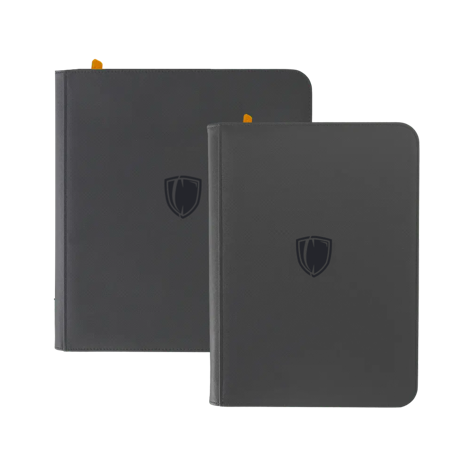
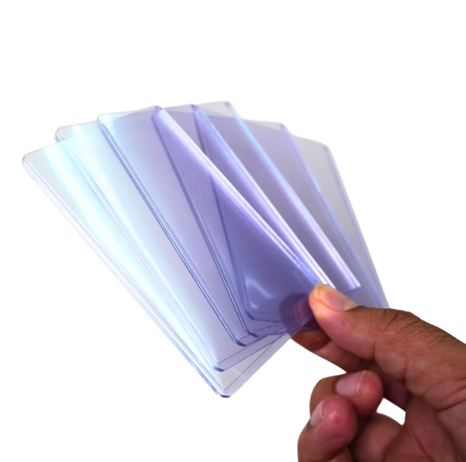

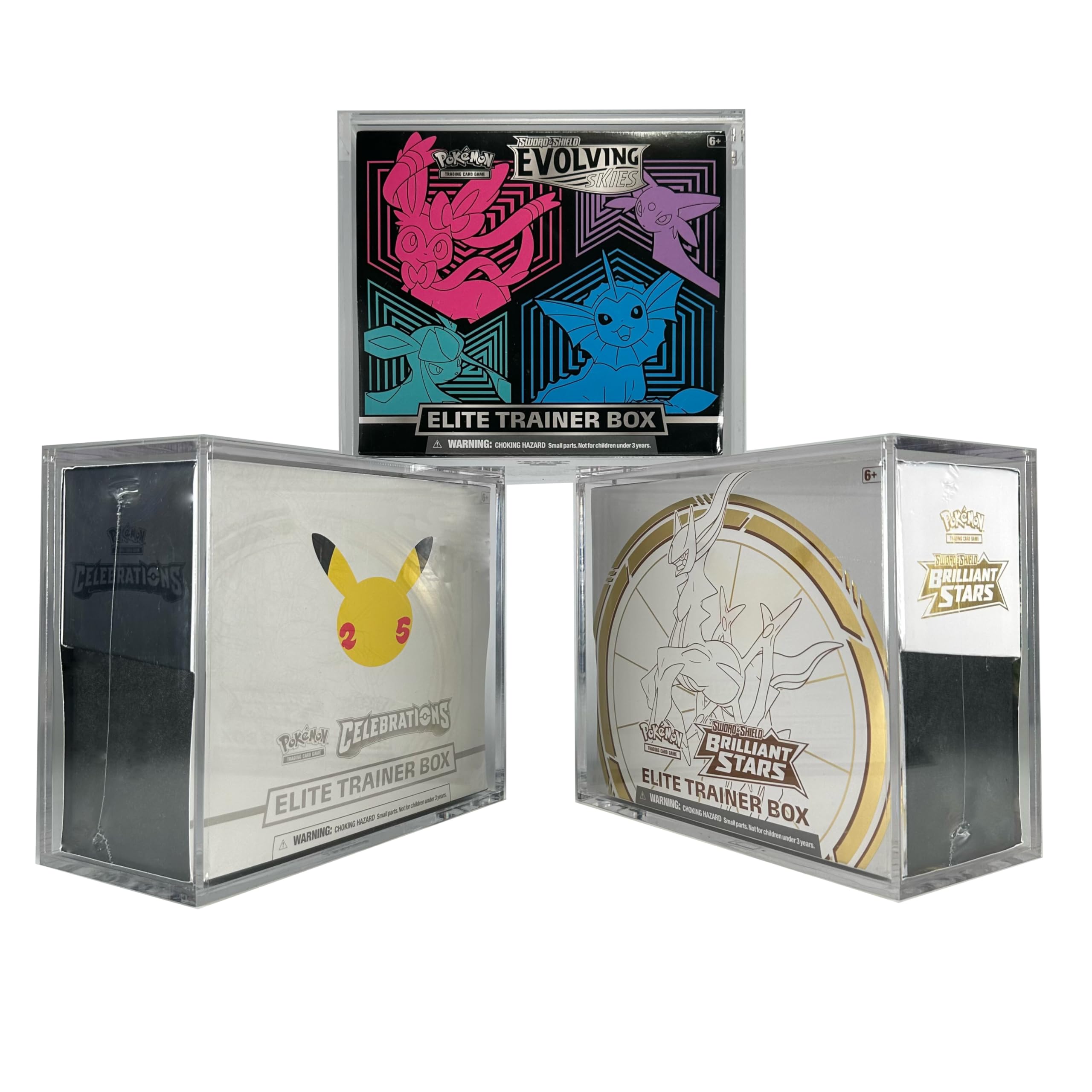
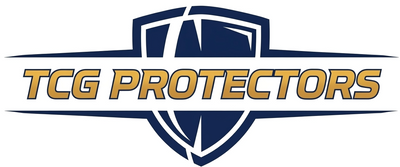
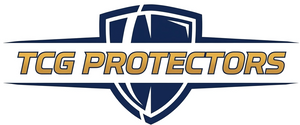


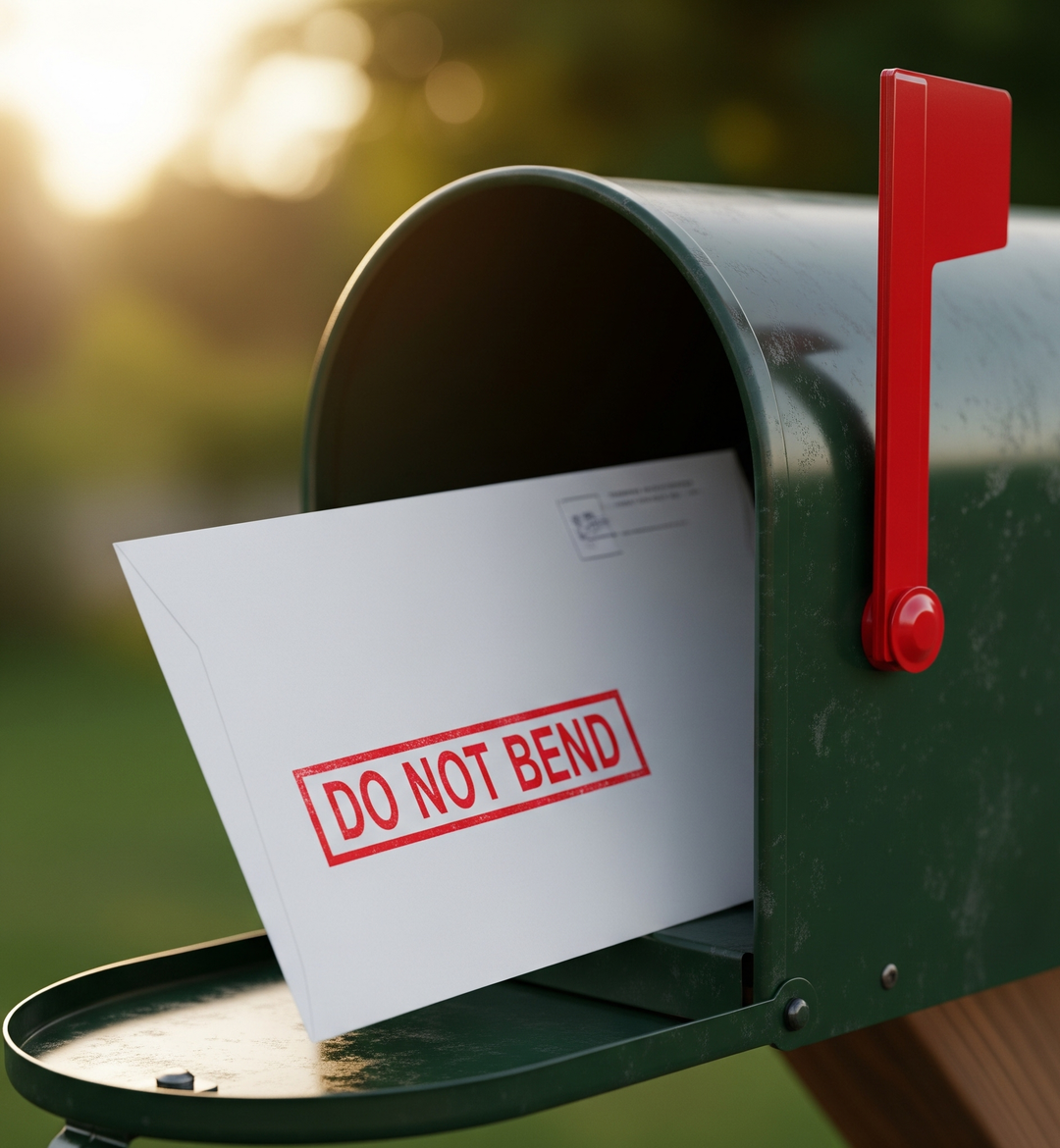
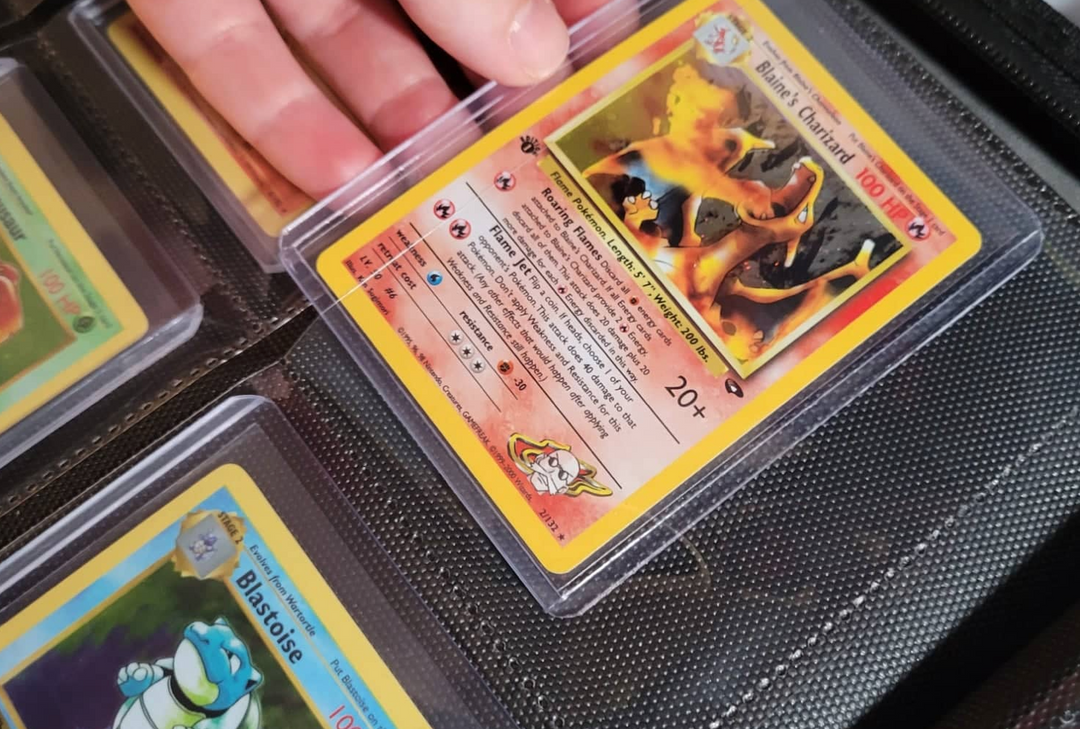
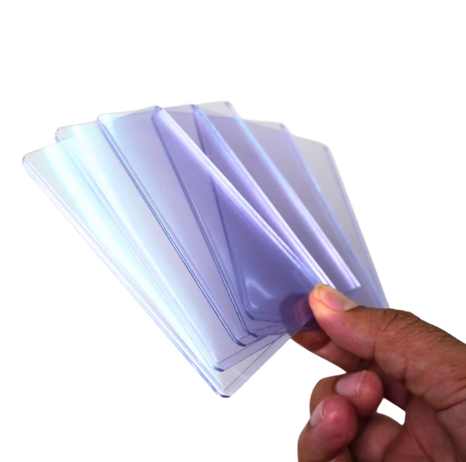

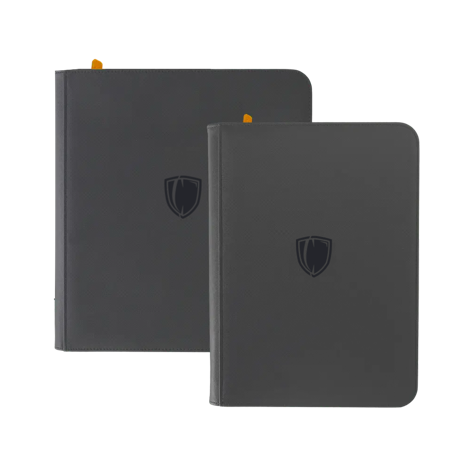
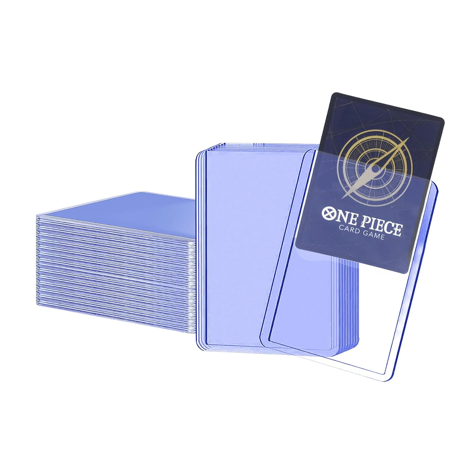
Leave a comment